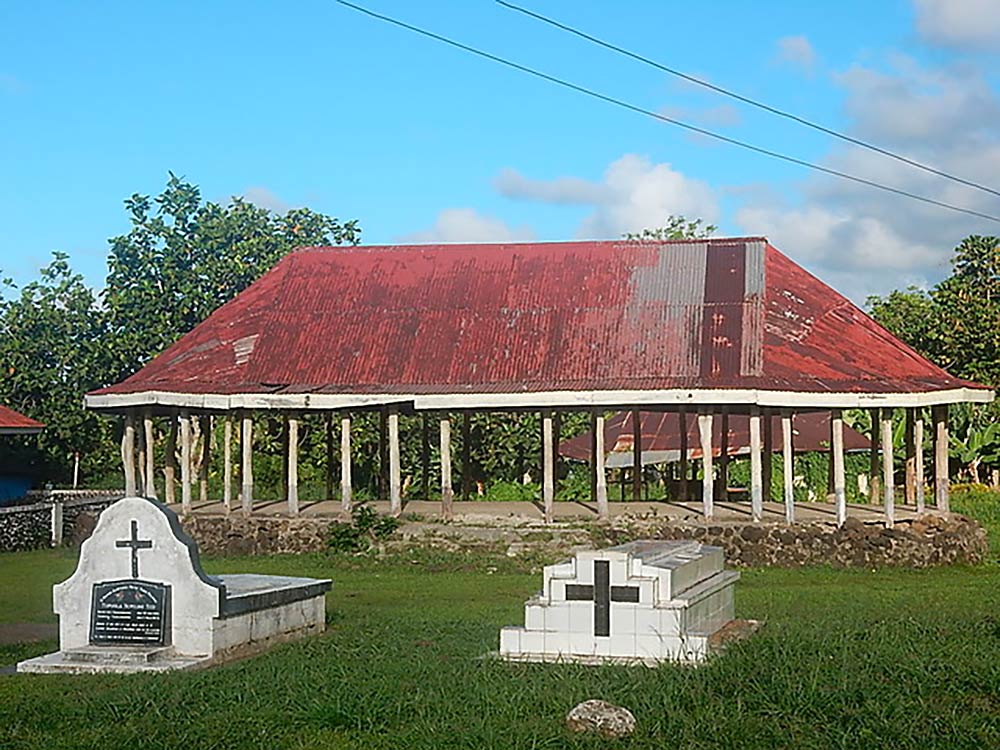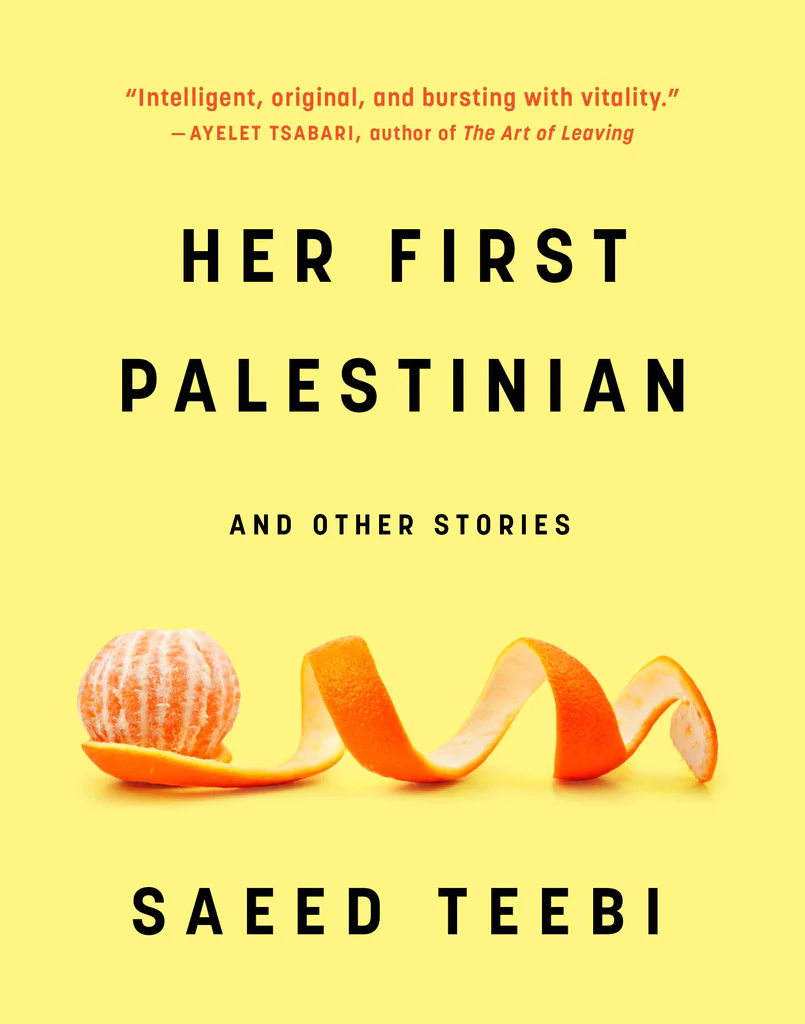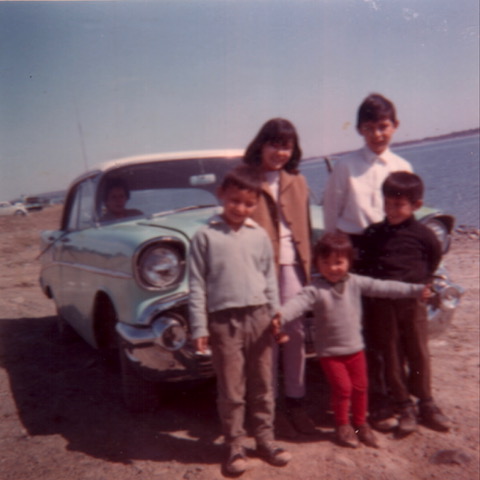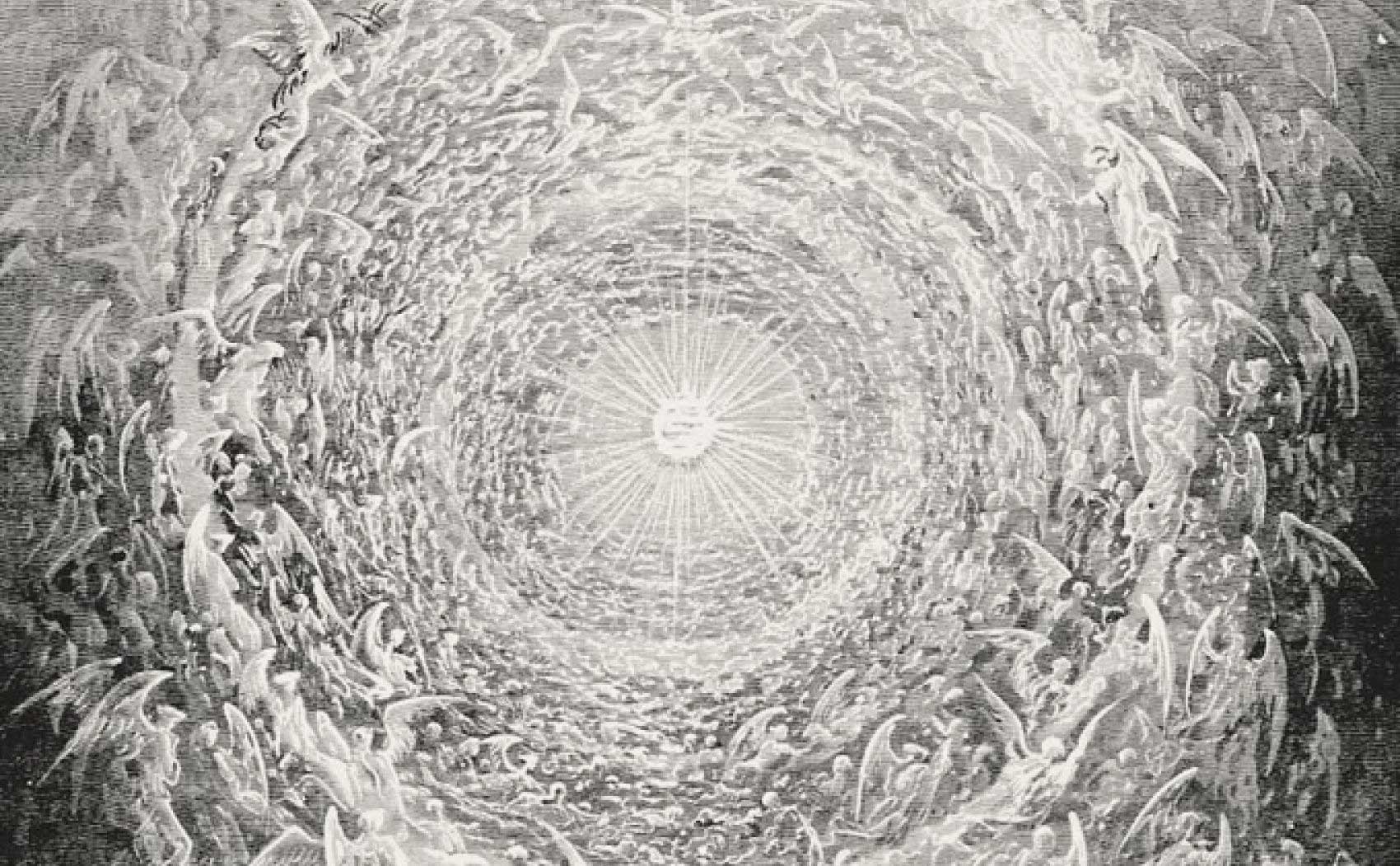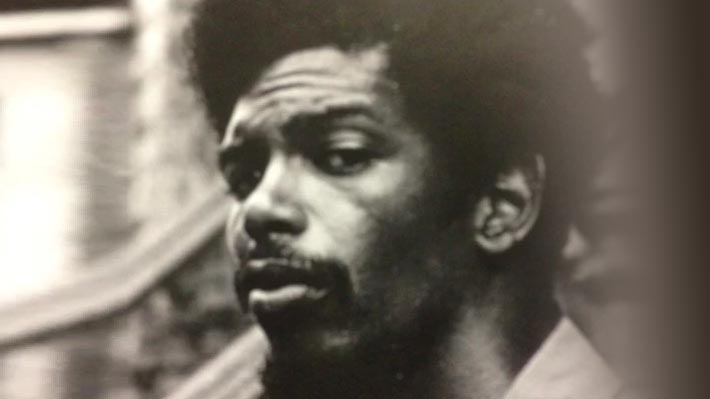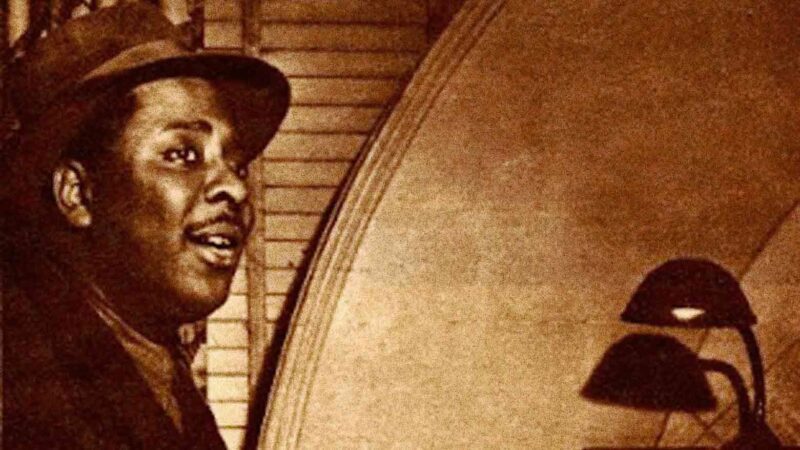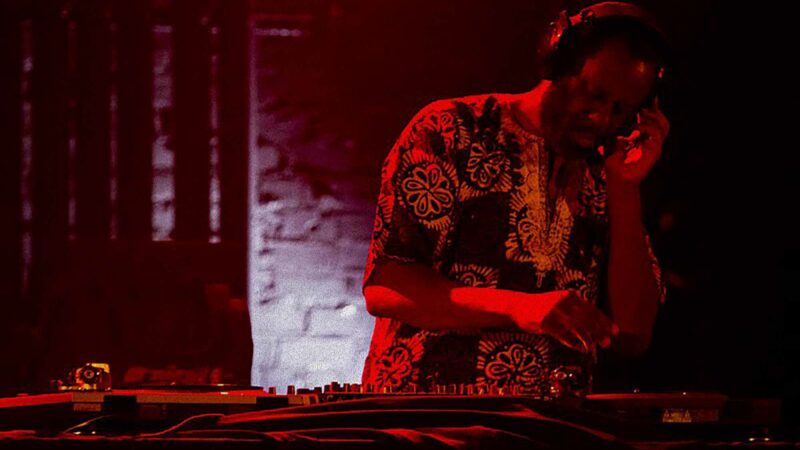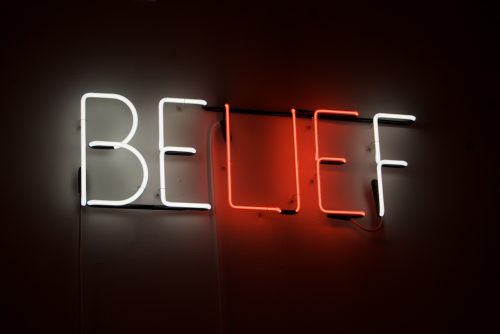
Belief – Neon sculpture by Joe Rees. Photo by Steve Rodes. Uploaded from Flickr and used under Creative Commons – Attribution, NonCommercial, ShareAlike.
Beliefs are strange phenomena. They define our values and principles. Some of us hold them close to our hearts, whereas others reject them as baseless and unreal. Although they inform our most important social systems, they are neither rational nor factual, and they often result in deep divisions, unbreachable differences and long-term conflicts. The theme for this issue of Montreal Serai questions these religio-political beliefs as well as the state of non-belief.
It was not easy for me to write the editorial for the theme (“Believers and Non-Believers”) for each time I sat down to write, I was struck by the horrifying sounds of war blaring down yet again over the conflict between Israel and Palestine, or between the Likud and Hamas as the conflict is often defined. During the beautiful summer months of July and August in Canada, while civilians in Israel were forced to hide in shelters following rocket attacks, I watched in disbelief as death rained down indiscriminately on children and their families in Gaza. I felt plagued by questions such as: why do we continue to decimate ourselves in what can only be described as nightmarish? Do humans have a pre-condition for inhuman cruelty? Do our hatreds based on religious and political beliefs seal our hearts against natural feelings of empathy? We have been asking these questions for centuries, and have tried to respond by falling back on traditional value systems, or by redefining our beliefs through even more rigorous stereotypes.
I was reminded of Hemingway’s novel, For Whom the Bell Tolls, in which he quotes from John Donne’s sixteenth century poem, Meditation XVII:
“No man is an island,
Entire of itself…..
Any man’s death diminishes me,
Because I am involved in mankind,
And therefore never send to know for whom the bell tolls;
It tolls for thee.”
And I felt that with the 2,000 people killed this summer in Gaza alone, and the hundreds of thousands wounded or brutally massacred through aggression, war, violence and genocide across Africa and the Middle East, I had lost a part of myself. Each death was witness to a steady breakdown of connections that define us as human beings with the veil of isms becoming a little more impenetrable.
On Saturday, August 9, Michael Brown, an unarmed black teenager, was shot six times, and killed by a policeman in Ferguson, a small town with a declining population of 22,000 in the State of Missouri (US). Although members of the black community or people of colour make up 67% of the town’s population, 93% of the arrests made by the City Police involve the black community (2013 figures from Missouri Attorney General). Grossly under-represented at all levels of city governance, only one out of six city Councillors represents people of colour. The Mayor is white, and a police force of 53 includes only three members from the black community. Following Michael Brown’s death, race violence heated up with a vengeance reminiscent of the 1992 riots in Los Angeles; and once again, we found ourselves speaking of each other in terms of “black” or “white.” Stereotypes were up front, and belief systems born of those stereotypes resulted in polarized communities. Authorities claimed that Michael was committing assault and robbery, and that the officer was only trying to protect himself and others. They explained that a federal investigation into the shooting is underway, and that no results would be shared until the investigation was completed. Community members argued that this had happened far too many times, and that the policeman who had shot and killed an unarmed black teenager must be arrested or suspended without pay. National and state leaders appealed for calm as peaceful demonstrations turned violent night after night. Community members demanded the right to protest peacefully. Ferguson looked like a war zone. Yet, all through this, everyone believed that most definitely, this was not America.
Then, on Monday, August 11, with the mid-summer sun burning down on the northern half of our planet, Robin Williams, the screen comic idol loved by all, asphyxiated himself. The performing genius who had used a pink scarf during James Lipton’s Inside the Actors’ Studio (June 2001 episode) to improvise and impersonate a never-done-before, head-spinning number of characters, used a similar prop to put an end to himself. The world of entertainment stopped in its tracks, astounded by the level of desperation concealed in the heart of someone who could make us laugh harder and longer than anyone else could. Many began to look for reasons behind the killing: perhaps he could no longer deal with his addictions or the onset of Parkinson’s, or perhaps he felt trapped due to a mental condition. A few however looked for no answers: they believed that suicide is a legitimate a choice, a viable alternative, and a final “non-belief” in all beliefs.
So, where do we go from here? How can we explain the mistakes that we continue to commit? How can we excuse our sheer neglect of what we could have learned from science and history? How can we create a world on a belief that we also diminish with those that we diminish? In this issue, Serai reflects on these questions and on the values and principles that define intelligence, or give us the right to call ourselves intelligent.
Samia Costandi refers to the events leading to the signing of the May 1916 Sykes-Picot Agreement that entrenched a belief in divisiveness and culminated in instability across the region. She seeks a return to peace and stability through education as a form of “resistance” or an understanding in human connectedness. Scott Weinstein calls religions “a belief system, like political organizations, sports teams, and provincial identity.”He reflects on how people in groups “act predictably” and how extremists in any group “can be terrible.”
Jaspreet Singh, in his retelling of the 1984 government-led atrocities against the Sikh population in India seeks a path through the art of expressing Sikh lifestyle through stories seldom heard outside the community: through images such as the one of setting up a Chhabeel; of disinfecting glasses with pink crystals of potassium permanganate (KMnO4) before pouring kachi lassi to serve to everyone in the neighbourhood. He narrates how divisive beliefs and hate-creating slogans popularized by the leadership became a rationale for souring these images, and for turning one’s eyes away from what one does not want to see. Again, as Dolores Chew writes, in Gujarat (2002), all that was needed was an excuse: “the groundwork had already been laid,” emotions were “inflamed” and “voter lists used to identify Muslim homes” had already been prepared. “A geography of genocide had already been put in place.”
In another context, the concept of beliefs manifested through universal myths that weave in and out of human consciousness, breaking through barriers of time and location, is the subject of Maya Khankhoje’s story, “Journey into the Vortex.” Vanaja Dhruvarajan writes about belief systems that relentlessly exclude women from themselves, and the need for women to find their own symbols and responses to ultimate questions. Norman Cornett searches for a “transition space” created by the arts: a space “between the material and the spiritual.” Arjun Janah expresses in his poems and accompanying visuals how we are now “so fragmented, in selves.” Richard Swift calls “eco-socialism” our best hope. “It’s both incredibly complex and incredibly simple,” he says. “The neoliberal economists would have us grow the pie ever bigger but we need a paradigm shift that focuses on making the pie tastier, making sure it is made from healthier ingredients and that it is evenly shared.” The point of convergence for all these expressions is our connectedness. Our differences in belief systems therefore do not really matter since we all journey into the same Vortex.
